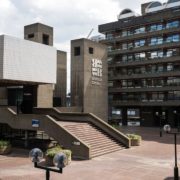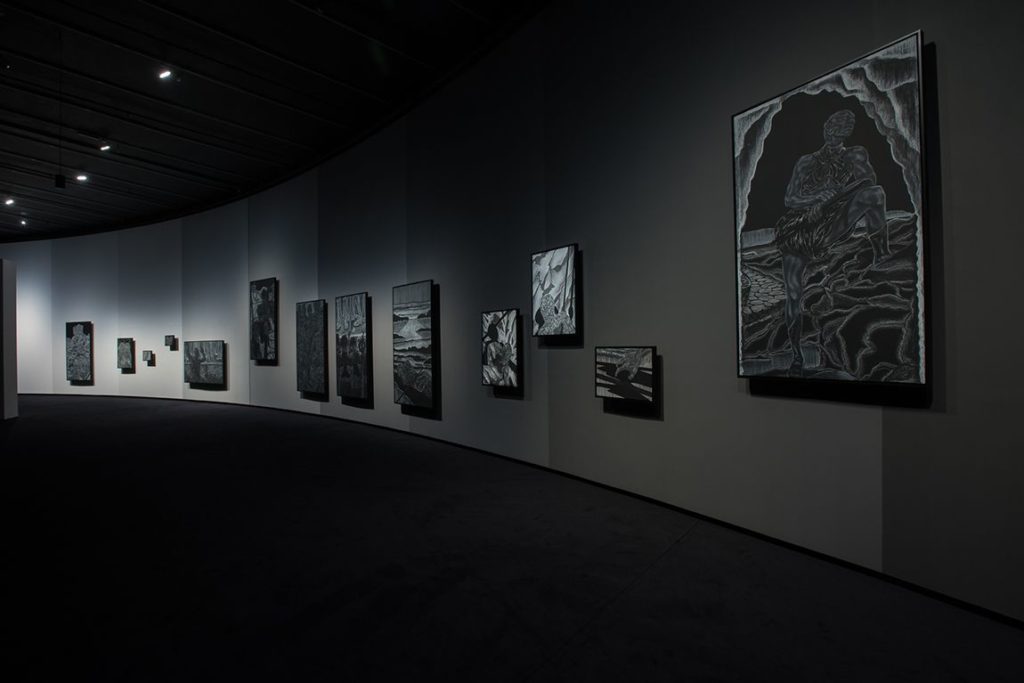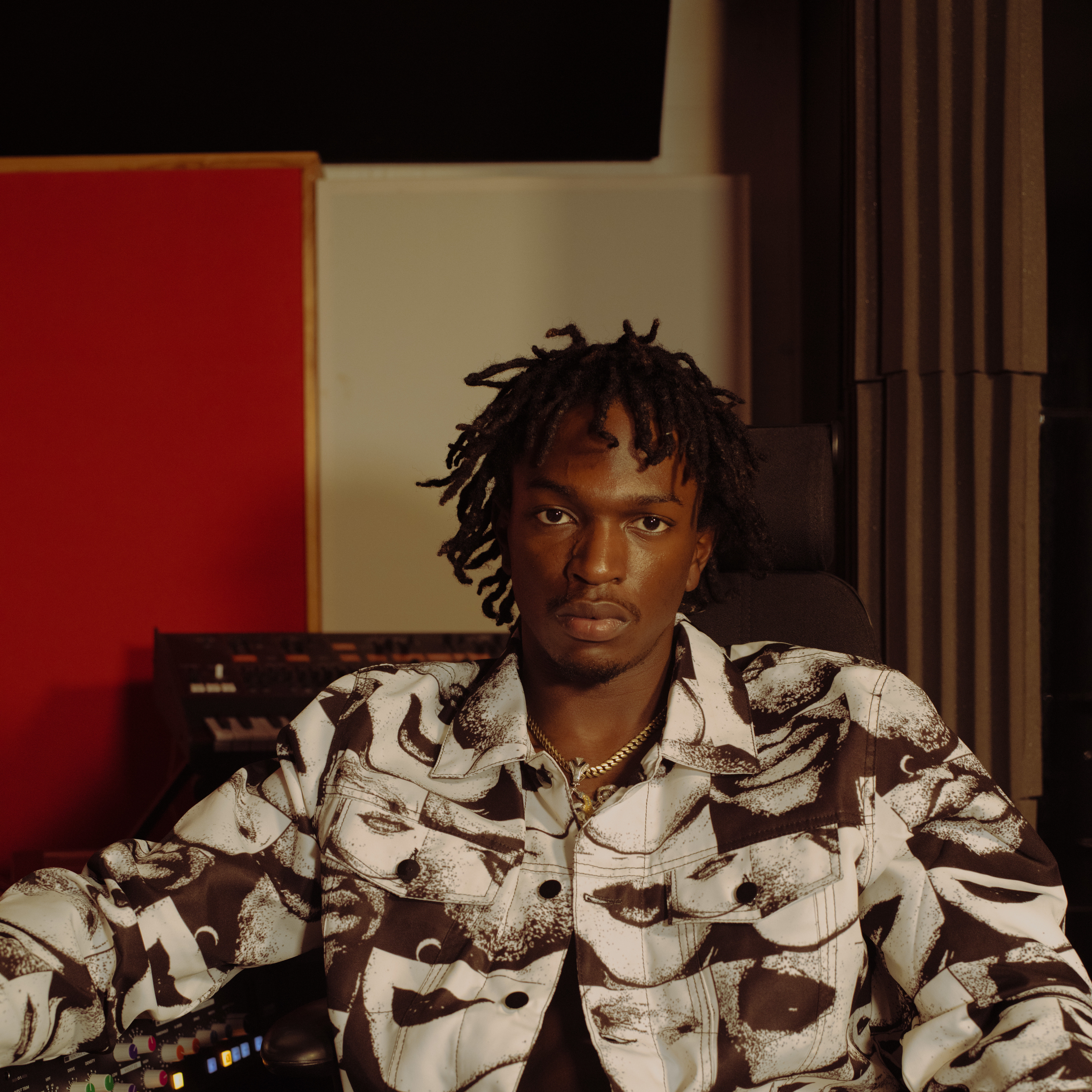What “The Barbican Stories” has taught us about racism in British Arts and Culture.

The Barbican Stories: Would it be wiser to ignore all statements made by organisations, requesting instead detailed quarterly accounts of progress created through consultations with minority employees?
Contribution by ELISHA TAWE
In the fall of 2020, I found myself masked up at the Barbican Center’s ‘The Curve’ space, mesmerized by the latest collection of works by Nigerian American artist Toyin Ojin Odutola. Here I was in the heart of London, experiencing the work of a fellow West African artist in extra-large, the eyes of each of the figures in her paintings glowing just for me. This was yet another one of several programs I had attended at the Barbican Centre that centred minority artists. As an unsuspecting outsider looking in, the Barbican appeared to be an institution on the right side of history, doing the work to provide opportunities for Black and Asian creatives. I had spent that same weekend at the 1-54 Contemporary African Art Fair at Somerset House and found it rather peculiar that an African art fair appeared to host mostly white curators. However, within the walls of ‘The Curve’, completely immersed in the world Toyin and Peter Adjaye had created, no such idea or criticism crossed my mind. After all, this was a good institution, one that housed the launch of Stormzy’s publishing house ‘Merky books’, and provided classes for inner-city children to develop artistic skills.

Fast forward to June 2021 and ‘The Barbican Stories’ are released. Triggered by the institution’s inadequate response to the Black Lives Matter movement of June 2020; the Barbican Stories is a culmination of first hand and witnessed accounts of racism and discrimination from past and present employees of the centre. Over the course of the book, we are provided with a peek into the Centre’s inner workings through accounts and emails. The institution is described by its authors as inherently racist with one referring to it as “the whitest space I have ever worked in”. It details an incident in which an Asian worker was referred to as ‘a yellow’ by a senior member of staff, occasions on which racist encounters were reported but left uninvestigated, and complaints about race and gender-based hiring practices. In December 2020 the Barbican released its ‘Anti-Racism’ statement, a formal follow-up to the statements, tweets, and posts made by the organisation earlier in the year in response to the Black Lives Matter movement. The statement detailed to the public the radical changes the organization aimed to enact to tackle systemic, institutional and interpersonal racism; most of which now appears performative.

As I follow the words of the worker’s past and present, it becomes abundantly clear that the organisation had no intention to enact any of the changes listed in its Anti-Racism statement. So why make this public statement? In recent years, the commercialisation of activism has taken centre stage in the marketing lexicon, bridging the lacuna that previously existed between businesses and the rapidly growing number of politically engaged youth. This pervasive branding technique labelled ‘woke-washing’ by its detractors has the ability to pull a veil over the eyes of the public and allow institutions to profit off an image of social awareness while continuing to uphold white supremacy. It dilutes activism, is a major threat to progress, and is the first explanation that comes to mind in regards to this situation.
In the fallout since the release of the stories, we have seen Barbican’s Managing Director Sir Nicholas Keyon resign, and African art platform Culture Art Society cancel their upcoming collaboration with the centre. Like clockwork, the Barbican released a statement in response to the book in which they claim to have “always strived to be an inclusive, welcoming and open organisation”. However, If an organisation that on the surface seems dedicated to social change and movement can foster a work environment this toxic, then what can we expect from other UK institutions that barely acknowledge the issues? How much merit can we put into this statement? What alternative ways can we ensure companies are putting in the work to dismantle white supremacist patriarchal environments? Would it be wiser to ignore all statements made by organisations, requesting instead detailed quarterly accounts of progress created through consultations with minority employees?
The issue is murky and I do not have enough time in this piece to sludge through the mud in order to find the answers. However, as a young London-based Black-African creative, I can attest to how difficult it is to find a footing in the Arts and Culture industry here in the UK. I can provide personal and witnessed accounts of the roadblocks put in our way, decreasing our ability to establish ourselves. I can discuss in detail the insane difficulty that comes with attempting to find an institution that is willing to sponsor your visa or pushing to prove that your qualification from an international institution is in fact valid. I can particularize several instances of gaslighting that have occurred in response to the calling out of racism. Discrimination in Britain cannot be viewed as a paroxysm. It has and continues to be common practice in this Arts and Culture sector. To protect our integrity and futures we must not allow empty statements of solidarity and performative gestures to take the place of real material change.
Contribution by ELISHA TAWE.
Check out the GUAP Arts & Culture section, to discover new art, film, and creative individuals.

